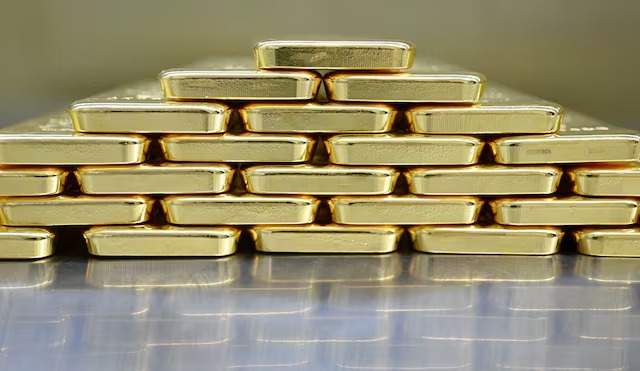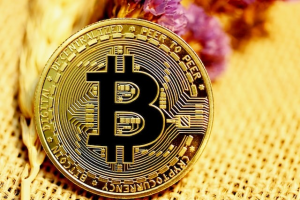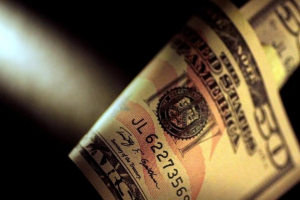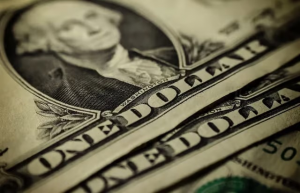As U.S. President Donald Trump ratcheted up his tariff war on the world, gold kept climbing in lockstep to reach a succession of record highs.
The precious metal reached a fresh peak of $3,245.28 an ounce on April 11 and has climbed 28% since hitting a low of $2,536.71 on November 14, shortly after Trump's victory that saw him return to the White House to start his second term in January.
In some ways gold is functioning exactly as it should.
It is offering investors a safe haven from the chaos that has enveloped many financial markets since Trump's ill-fated "Liberation Day" tariff announcements on April 2.
The imposition of massive tariffs on most U.S. trading partners, with the false claim they were reciprocal, sent equities, bonds and some commodities into reverse.
Trump's subsequent 90-day partial climb down of the tariffs to a base of 10% on every country, apart from the now 145% imposed on China, has largely failed to soothe nerves and provide the stability that financial markets generally crave.
The uncertainty has also led to some serious questions being asked about the role of U.S. Treasuries as the ultimate safe haven asset, with investors questioning whether this role is being undermined by Trump's tariffs.
Benchmark U.S. 10-year Treasury yields posted their biggest weekly increase in more than two decades last week, ending at 4.478% on April 11, up 8.6 basis points.
The nerves over the role of the U.S. dollar as the global reserve currency and U.S. Treasuries as the safest haven are no doubt positive for gold.
A line chart titled "Spot gold price in USD per oz" that tracks the metric over time.
GOLD HOSTAGE
The problem for gold is that it is as much of a hostage to Trump's erratic and inconsistent trade and economic policies as any other asset.
If Trump continues his trade war against China, and increases tariffs from the 10% base on other countries after his 90-day pause, then it's likely that gold will continue to rally.
But if a compromise with Beijing is worked out that allows both parties to save face, and other countries reach deals with Trump that largely preserve global trade, then the case for gold looks less secure.
The dilemma is that working out what is the likely trajectory of Trump's tariff war is at best a guessing game.
Perhaps the safest assumption is that when the dust settles the United States is still likely to have the highest average tariffs on imports since the 1930s.
This is likely to crimp economic growth and accelerate inflation, but perhaps more in the United States than around the globe.
In this case, does gold continue to rally strongly as several investment banks are now predicting, an example being Goldman Sachs lifting its 2025 target to $3,700 an ounce on April 11.
Or does the fear trade subside and gold's more traditional drivers of central bank buying and physical demand in China and India come back into play?
CHINA PREMIUM
Certainly a move away from U.S. Treasuries is likely to drive gold purchases, especially in China, the world's top gold buyer.
Chinese consumer demand may also hold up given uncertainty over the outlook for equities, and this dynamic is reflected in the rising premium for spot purchases , which rose to $39 an ounce on April 11, the highest since December 2016 and up from the discount of $16 in the week after Trump's November election win.
But unlike China, high gold prices are likely to curb consumer demand in India, the second-biggest buyer of the precious metal.
Already there are some signs of consumer stress in India, with the discount for buying gold dropping to an eight-and-a-half year low of $41 an ounce on March 21.
It has recovered since then to a discount of $11 an ounce on April 11, but even at this level it is still well below the premium of $16 from Nov. 15, shortly after Trump's victory.
If overall gold demand is viewed as a three-legged stool of investor demand, central bank buying, and China and India consumer purchases, currently all three legs are being supported.
With the exception of India demand, all legs are also being held by Trump's policies, meaning that while gold is functioning as a safe haven, it's likely to be subject to the same volatility as other assets.













